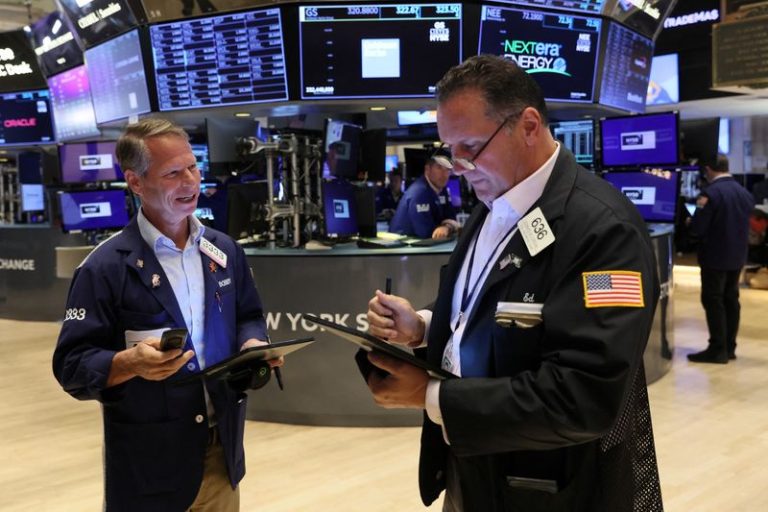Investing.com — The US equities “Santa Claus rally is real,” Bank of America strategist Stephen Suttmeier said Monday.
The latter half of December often brings much of the month’s characteristic seasonality, particularly during the days between Christmas and New Year’s Day. More concretely, this Santa Claus rally tracks the S&P 500 (SPX) performance over the final five trading sessions of December and the first two sessions of January.
“This period is up 79% of the time with an average return of 1.64% (1.43% median) going back to 1928 into 1929.” Similarly, during the transition from a presidential election year to the first year of a new cycle, the SPX historically performs well, increasing 79% of the time with an average gain of 1.85%.
Historical data since 1928 reveal December as the SPX’s strongest month of the year, with the index rising 74% of the time and posting an average return of 1.32%. In presidential election years, this trend is even more pronounced, with December showing gains 83% of the time on an average return of 1.51%.
However, the month’s seasonality skews towards the latter half, as the last ten trading days tend to outperform the first ten.
Over the first ten sessions of December, the SPX shows a modest average gain of 0.05% and rises 59% of the time. By contrast, the final ten sessions deliver more robust performance, with the SPX increasing 72% of the time and generating an average return of 1.17%.
Strength during late December often extends into early January, with the SPX rising 63% of the time and achieving an average return of 0.72% during the first ten trading sessions of the new year.
“December in Presidential election years is more balanced when compared to December in all years,” Suttmeier notes. “The month is stronger over the first ten sessions of the month and somewhat weaker over the last ten days of the month.”
Meanwhile, January’s seasonality during the first year of the Presidential Cycle typically lags behind its historical average, suggesting a less robust start to the new year for the SPX.

